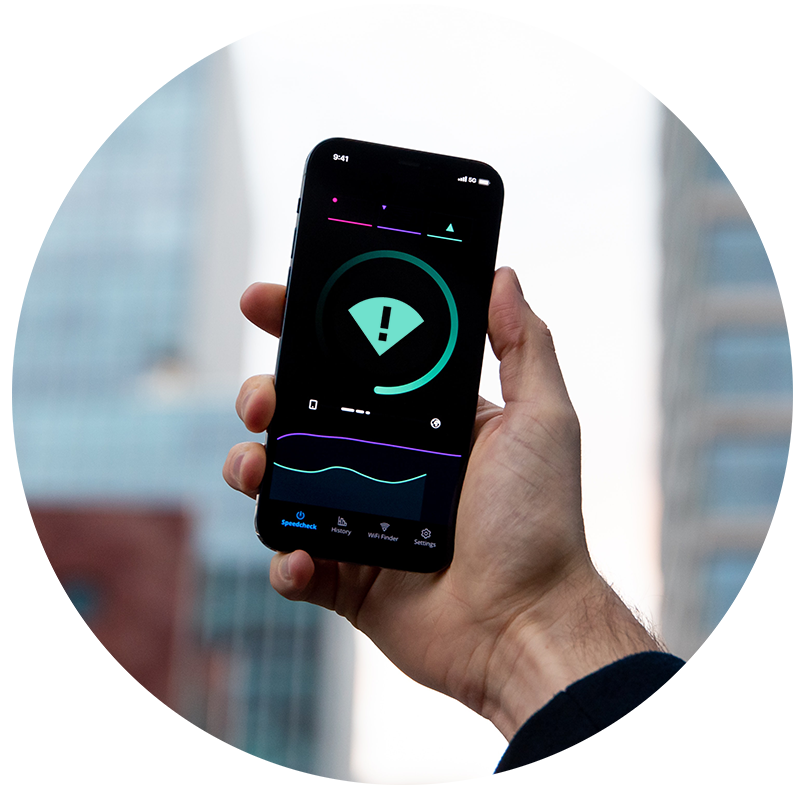Overview
The Digital Divide Index or DDI ranges in value from 0 to 100, where 100 indicates the highest digital divide. It is composed of two scores, also ranging from 0 to 100: the infrastructure/adoption (INFA) score and the socioeconomic (SE) score.
The INFA score groups five variables related to broadband infrastructure and adoption: (1) percentage of total 2019 population without access to fixed broadband of at least 100 Mbps download and 20 Mbps upload as of December 2019; (2) percent of homes without a computing device (desktops, laptops, smartphones, tablets, etc.); (3) percent of homes with no internet access (have no internet subscription, including cellular data plans or dial-up); (4) median maximum advertised download speeds; and (5) median maximum advertised upload speeds.
The SE score groups five variables known to impact technology adoption: (1) percent population ages 65 and over; (2) percent population 25 and over with less than high school; (3) individual poverty rate; (4) percent of noninstitutionalized civilian population with a disability: and (5) a brand new digital inequality or internet income ratio measure (IIR). In other words, these variables indirectly measure adoption since they are potential predictors of lagging technology adoption or reinforcing existing inequalities that also affect adoption.
These two scores are combined to calculate the overall DDI score. If a particular county or census tract has a higher INFA score versus a SE score, efforts should be made to improve broadband infrastructure. If on the other hand, a particular geography has a higher SE score versus an INFA score, efforts should be made to increase digital literacy and exposure to the technology’s benefits.
The DDI measures primarily physical access/adoption and socioeconomic characteristics that may limit motivation, skills, and usage. Due to data limitations it was designed as a descriptive and pragmatic tool and is not intended to be comprehensive. Rather, it should help initiate important discussions among community leaders and residents.
